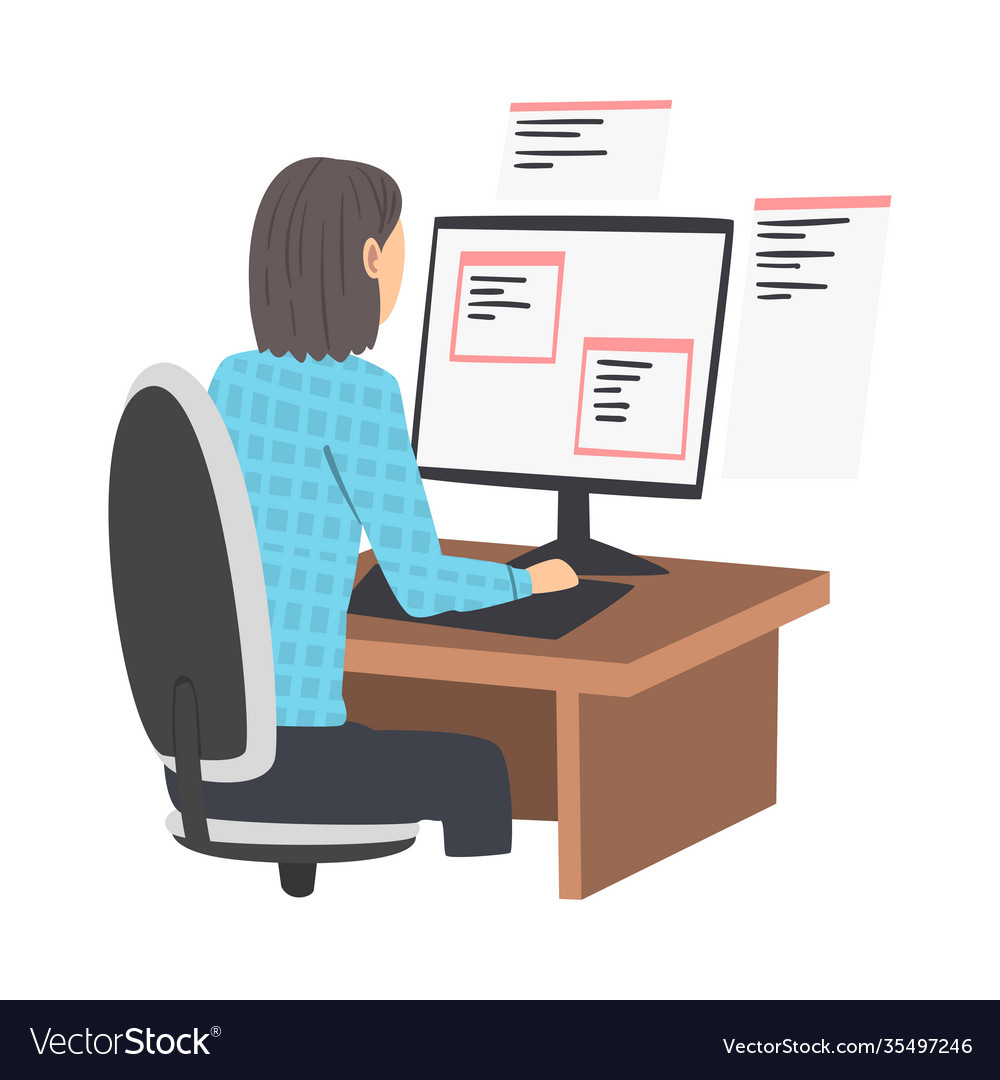Discover the Advantages of Nearshore Software Development for Your Team
Discover the Advantages of Nearshore Software Development for Your Team
Blog Article
Dedicated Developers vs. In-House Teams: Which Is Right for You?
The choice between utilizing specialized programmers and preserving an internal team is a considerable one that can impact the trajectory of your projects and general business method. On the other hand, in-house teams add to a cohesive firm society and a nuanced understanding of lasting goals.
Comprehending Devoted Programmers
The growing need for specialized skills in the technology sector has resulted in the development of specialized designers as a feasible option for many organizations. These professionals are commonly acquired on a task basis, allowing companies to utilize certain competence without the long-lasting dedication related to full time hires. Devoted programmers are commonly ingrained within a client's team, giving flexibility and scalability to satisfy task requirements.
This model permits organizations to access an international ability pool, which is particularly useful in a quickly evolving technological landscape. Devoted developers can be sourced from different geographical places, guaranteeing that business can find the appropriate ability set at competitive prices. They frequently bring a riches of experience and understanding, having actually dealt with diverse jobs across different industries.
In addition, dedicated programmers can focus specifically on the jobs at hand, enhancing performance and effectiveness. They are outfitted to incorporate perfectly right into existing workflows, teaming up carefully with internal teams to attain project purposes. This method not just minimizes the worry of recruitment and training however likewise allows companies to stay active, adjusting swiftly to altering market needs and technical advancements.
Benefits of In-House Teams

In addition, in-house groups have a tendency to have a deeper understanding of the firm's objective, worths, and goals. This positioning can enhance employee engagement and motivation, as employee really feel extra attached to their job and the organization's success. In addition, having a specialized in-house group permits far better alignment of goals and methods, as these members are regularly concentrated on the company's priorities.
In-house teams likewise promote quicker decision-making procedures, as they can respond extra swiftly to challenges and adjustments. The recognized connections and experience with firm procedures enable streamlined workflows and minimized miscommunication. Inevitably, the mix of a natural society, placement with organizational objectives, and effective communication makes in-house teams a valuable possession for several organizations, specifically those aiming to grow long-lasting growth and innovation.
Cost Considerations
When examining cost considerations, both internal teams and devoted designers present distinct monetary implications for organizations. Involving dedicated developers commonly entails a pay-per-project or hourly price design, which can be cost-efficient for organizations with changing project demands. This technique permits adaptability in scaling resources up or down, making certain that firms only pay for the services they need.
In comparison, in-house teams require dealt with prices, consisting of salaries, benefits, and overhead expenses such as workplace and devices. While this version uses greater control and immediate schedule of resources, it might result in greater lasting expenditures, specifically if the work does not warrant a permanent personnel.
In addition, business need to think about the surprise costs linked with employment and training of in-house employees, which can additionally strain budgets. In some my company instances, the moment and resources invested in taking care of an in-house team can interfere with the company's core organization goals.

Project Monitoring and Versatility
Project administration and adaptability are critical factors that influence the choice in between in-house groups and devoted designers. Dedicated programmers normally offer a high level of adaptability, permitting organizations to range resources up or down based upon job demands. This dexterity can be specifically advantageous for services experiencing changing workloads or those seeking to innovate rapidly. Devoted teams typically have actually developed procedures for taking care of jobs efficiently, leveraging certain techniques like Agile or Scrum, which promote repetitive progression and flexibility.

Ultimately, the option in between in-house teams and committed designers hinges on the desired degree of flexibility and the specific task administration demands. Firms have to examine their operational characteristics, job intricacy, and source availability to establish which alternative aligns best with their strategic goals.
Making the Right Option
Choosing the ideal growth approach-- specialized developers or internal teams-- requires a cautious evaluation of different aspects that straighten with a firm's critical objectives. Conversely, in-house groups can provide better continuity and integration with existing personnel.
Next, evaluate your budget. Dedicated developers frequently provide a cost-efficient solution for temporary tasks, while internal teams may incur higher lasting expenditures as a result of wages, advantages, and expenses expenses. Evaluate the level of control and collaboration desired; internal groups normally promote stronger interaction and placement with business culture.
Furthermore, consider the time structure. If prompt outcomes are required, dedicated programmers can be onboarded swiftly, whereas developing an in-house group requires time for employment and training. Weigh the lasting vision of your company. If continual growth is essential, investing in an internal team may yield visit this web-site much better returns gradually. Ultimately, the decision depends upon a complete analysis of these elements, making sure alignment with your business's operational demands and overall goals.
Final Thought
In verdict, the decision between specialized developers and in-house teams pivots on job requirements and business goals. On the other hand, in-house groups cultivate a natural culture and deeper placement with long-lasting objectives.
The choice between making use of specialized developers and keeping an in-house team is a substantial one that can impact the trajectory of your projects and total company strategy.Job management and flexibility are essential variables that influence the selection between committed designers and internal teams. software development partner.In comparison, in-house groups might excel in keeping a consistent job monitoring framework due to their experience click for info with the company's society and long-term goals. Committed developers typically offer an affordable remedy for short-term projects, while in-house groups might sustain higher lasting expenditures due to salaries, advantages, and expenses costs.In conclusion, the decision in between internal groups and committed developers hinges on job demands and business purposes
Report this page